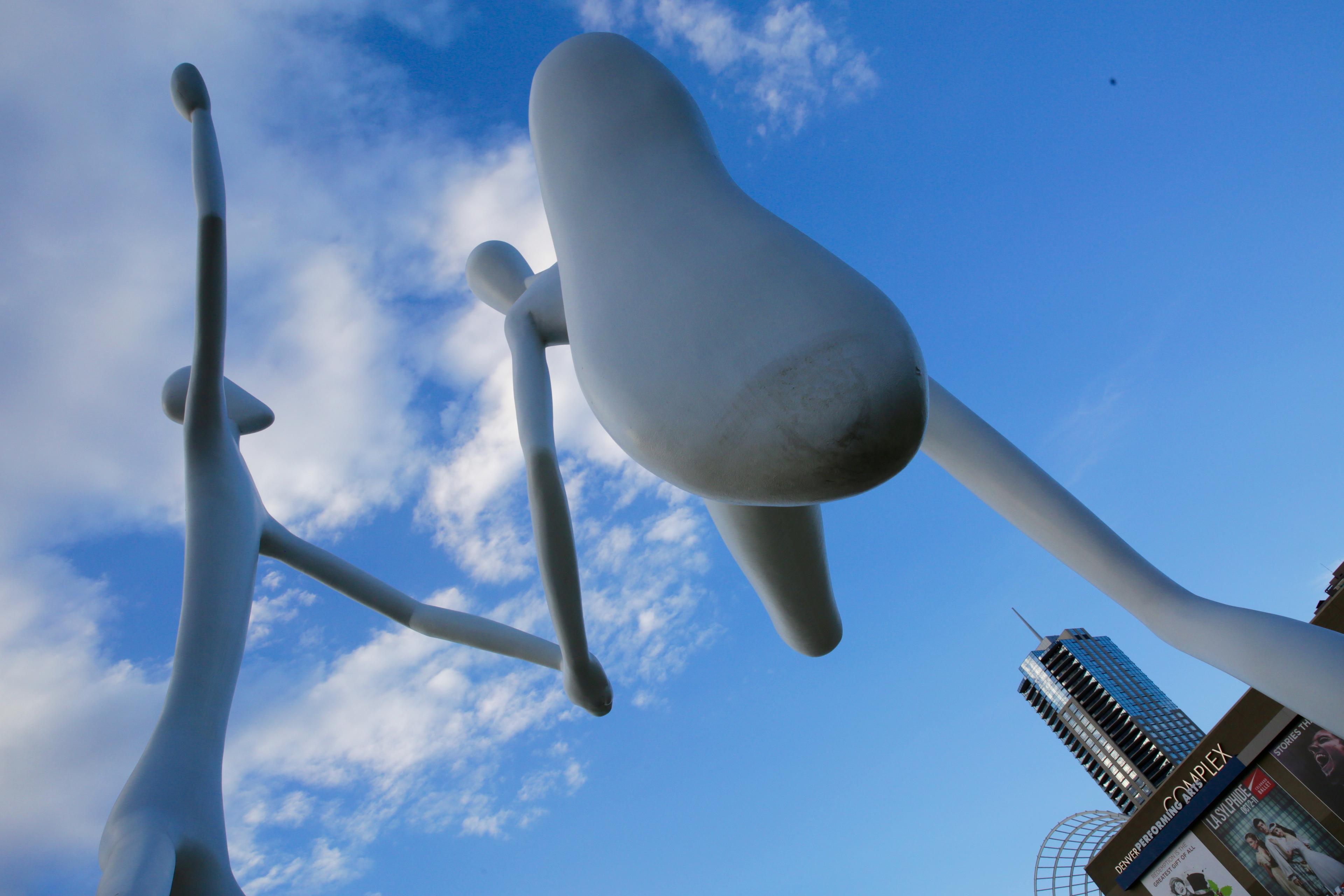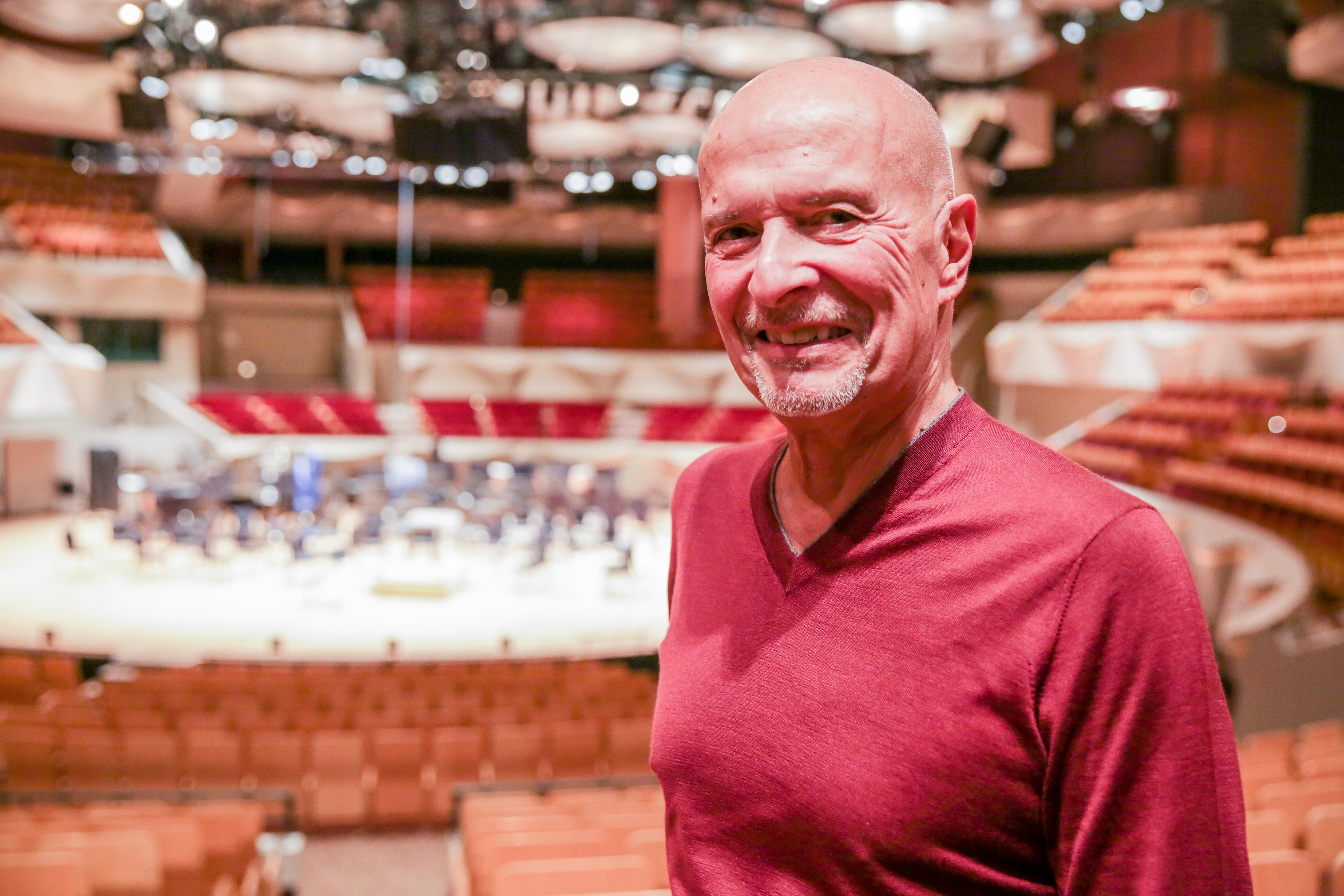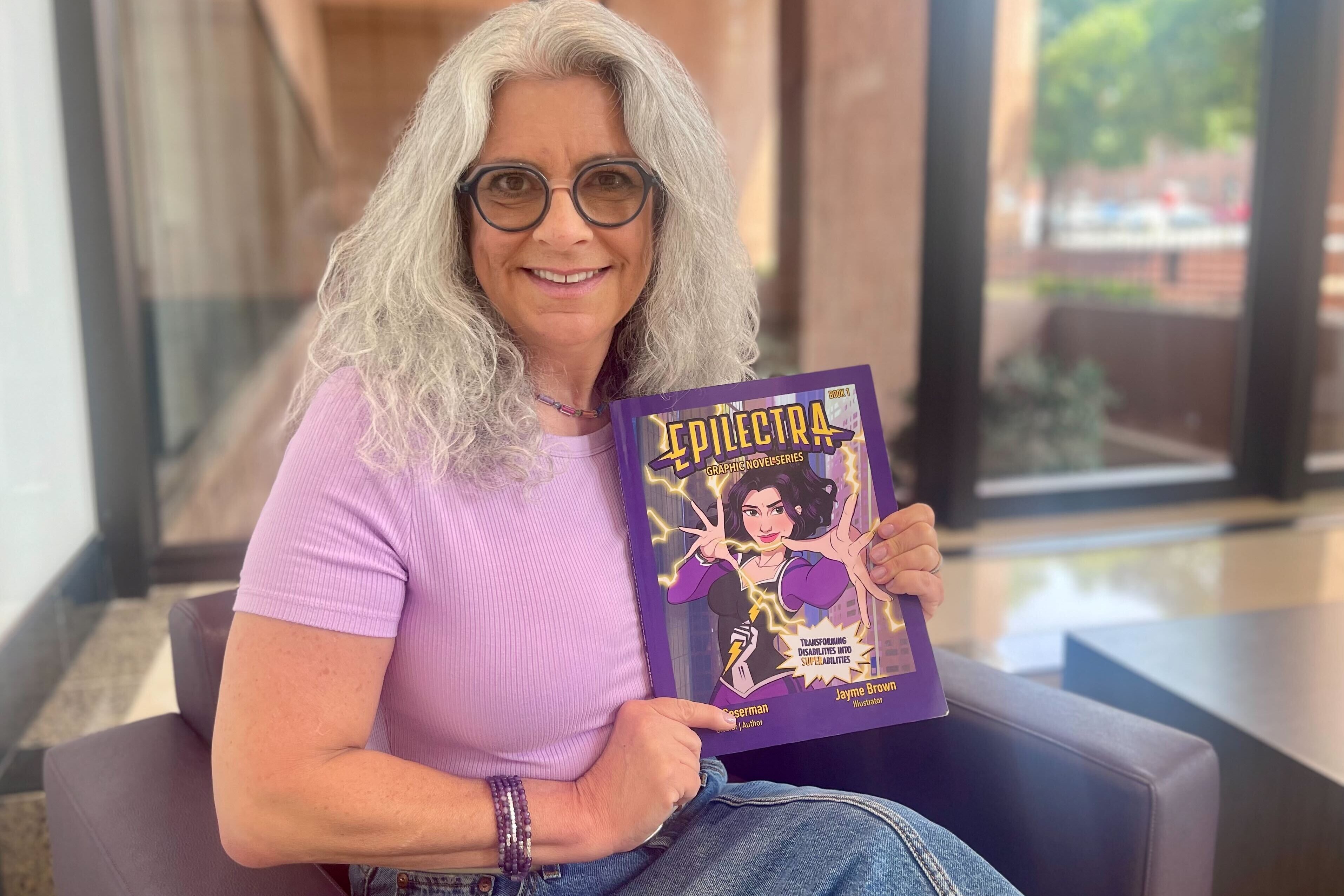
The Denver Performing Arts Complex is the core of the Mile High City’s cultural scene. On show nights, people bustle about underneath the glass-roofed galleria on their way to see a Symphony concert or a Broadway musical.
But during the day, the complex is often empty. That's something the city hopes to change, so it's working on a master plan to redevelop a significant portion of DPAC.
In the basement of the Ellie Caulkins Opera House Thursday night, the city will hold its final public meeting to discuss the project and seek community input. Here are some questions and answers about the DPAC redevelopment plans:
What's the vision?
The plan calls for a mixed-use site with shops, cafes and maybe even residences.
Why is it needed?
The city believes it has to adapt the site, since audiences for the traditional arts have tapered off. At the same time, people want more informal and engaging cultural experiences. So there are plans to build things like event spaces and smaller theaters for more experimental productions.

The current space is like a fortress and is not very inviting, says the Denver Arts and Venues Deputy Director Ginger White.
“Our downtown is getting more and more vibrant and sophisticated every day, and we want to make sure the arts complex reflects that same kind of vibrancy,” she said. The hope is to make the Complex more of a destination spot, not just one for traditional and classical arts.
What's the big deal with this facility?
DPAC was built in the 1970s and it’s considered a first generation arts facility, like the Lincoln Center in New York City. At the time, the Denver Performing Arts Complex helped breathe new life into that edge of downtown. It has also provided a home for some of the city’s top cultural institutions, like the Colorado Ballet. But now, fourth generation complexes are being built across the country.
Does that mean the complex is outdated?
To some extent. But it does still draw a lot of people -- more than 780,000 in 2013, according to the latest data from the city. And that translates to more than $140 million for Denver’s economy.
But the goal is to get even more people there. Maybe more visitors from nearby places like the Colorado Convention Center and the Auraria campus, says the complex's principal planner Steve Stainbrook.
“There needs to connectivity to all these opportunities -- both physically and programmatically -- to draw this together to create a brand new future for the complex and the neighborhood,” Stainbrook said. The complex covers 12 acres, so there’s a lot of room to work with. And that makes this a unique project., Stainbrook says.
What are some of the other major changes?
One involves Sculpture Park along Speer Boulevard in Denver, where you see the tall, white dancing figures. The city wants to bring more activity to this area, with everything from an outdoor pavilion to gardens and maybe even a dog park.
Designers also want to get rid of the existing parking garages and moving parking underground.
The Colorado Symphony could get a brand new hall. In fact, that’s actually what prompted this entire process.
Boettcher Concert Hall isn’t cutting it because it needs major maintenance and there are issues with acoustics.

It’s really tough for the Symphony to fill all those seats. Not only is that bad for business, it impacts the sound quality too.
In 2007, voters approved a bond for $60 million to help renovate the concert hall. The Symphony had to raise $30 million to get that money. But after the recession and some other issues, it couldn’t do that.
So what happened to the bond money?
The city divided the bond money among other big arts institutions like the Denver Art Museum. Denver Arts and Venues got about $17 million for Boettcher Concert Hall.
But that’s not enough to fix the problems. And that’s why last year the symphony and the city butted heads over renovation plans and rent costs.
Then the Symphony presented its own outline to renovate the Hall. And Mayor Michael Hancock responded with a call to re-envision the entire Denver Performing Arts Complex.
What’s the price tag for the redesigned complex?
Unknown at this time. The city isn’t worried about cost right now, Ginger White of Denver Arts and Venues says. She's more focused on keeping the plan "bold."
"We have decided and we were directed to really think big and visionary around the arts complex," White said.
The city expects to rely on public and private partnerships to fund the redevelopment, but it will work out those details down the road.
What happens after Thursday's public meeting?
The city will present a final vision for the Denver Performing Arts Complex to Mayor Hancock in January. Then the design phase starts. And another big question is how the complex will be governed. As for a timetable on construction, that’s still up in the air too.









